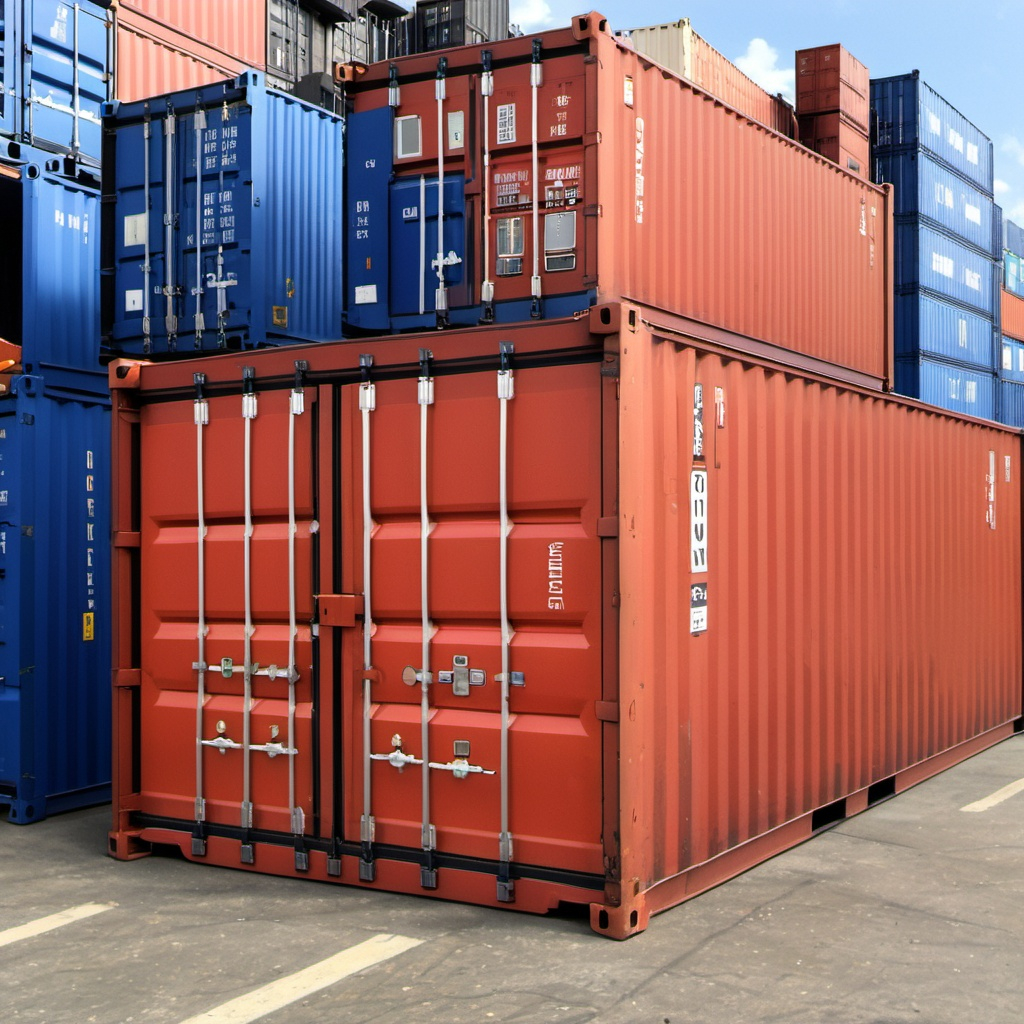Address
304 North Cardinal
St. Dorchester Center, MA 02124
Work Hours
Monday to Friday: 7AM - 7PM
Weekend: 10AM - 5PM

The shipping container supply chain is a complex system that involves multiple stakeholders, processes, and technologies, all of which play a crucial role in ensuring that goods are transported efficiently and cost-effectively across the globe. Here’s a more detailed breakdown of the key components and recent trends impacting the shipping container supply chain:
Key Components of the Shipping Container Supply Chain
1. **Manufacturers**: Shipping containers are typically produced by specialized manufacturers. These manufacturers design and build standard ISO containers in various sizes (20-foot, 40-foot, etc.), ensuring they meet international safety and quality standards.
2. **Shipping Lines**: Major shipping companies own and operate fleets of vessels that carry these containers across oceans. They manage the scheduling, routing, and maintenance of their ships, coordinating complex logistics to optimize shipping routes.
3. **Ports**: Ports serve as critical nodes in the supply chain, where containers are loaded and unloaded. They require advanced infrastructure, including cranes, container yards, and customs facilities, to facilitate the efficient movement of goods. Important global ports like Shanghai, Singapore, and Rotterdam handle millions of containers annually.
4. **Inland Transportation**: After reaching their destination port, containers often need to be moved via trucks, trains, or barges to their final destinations. This segment of the supply chain often involves additional logistical challenges, including coordination with regional transport networks.
5. **Customs and Regulations**: Customs clearance is crucial for international shipments, involving inspections and paperwork to ensure compliance with import/export laws. This process can vary significantly between countries and can impact overall delivery times.
6. **Warehousing and Distribution**: Once containers arrive at their destination, they are often transferred to warehouses for storage, sorting, and further distribution. Efficient warehousing practices and inventory management systems are vital for maintaining supply chain fluidity.
Recent Trends and Challenges
1. **Supply Chain Disruptions**: The COVID-19 pandemic highlighted vulnerabilities in global supply chains, leading to container shortages, increased shipping times, and rising costs. These disruptions prompted businesses to reassess their supply chain strategies and seek greater resilience.
2. **Digitalization and Technology**: The adoption of technology, such as IoT for real-time tracking and blockchain for secure transactions, is becoming more prevalent in the shipping container supply chain. These technologies enhance transparency, improve inventory management, and minimize theft and fraud.
3. **Sustainability Initiatives**: There is a growing focus on making the shipping industry more sustainable. This includes efforts to reduce carbon emissions from shipping vessels, explore alternative fuels, and improve shipping efficiency. Companies are also increasingly adopting eco-friendly practices in container manufacturing and recycling.
4. **E-commerce Growth**: The surge in e-commerce has intensified demand for container shipping. This shift has influenced shipping patterns, with an increased need for faster delivery options and more efficient logistics to cater to consumer expectations.
5. **Port Automation**: Many ports are investing in automation and advanced technologies to enhance operational efficiency. Automated cranes and AI-driven logistics systems can streamline container handling, potentially reducing bottlenecks and turnaround times.
6. **Infrastructure Development**: Investments in infrastructure, including expanding port capacity and strengthening transport links, are crucial to addressing future challenges in the container supply chain. Many countries are actively working on upgrading their logistics networks to accommodate growing trade volumes.
### Conclusion
Understanding the shipping container supply chain requires a multifaceted approach that considers various stakeholders, processes, and emerging trends. As global trade continues to evolve, adapting to challenges and embracing innovations in technology and sustainability will be essential for businesses aiming to navigate this complex landscape effectively. Resilience, efficiency, and strategic planning are key to thriving in the dynamic world of shipping containers.
WhatsApp us
